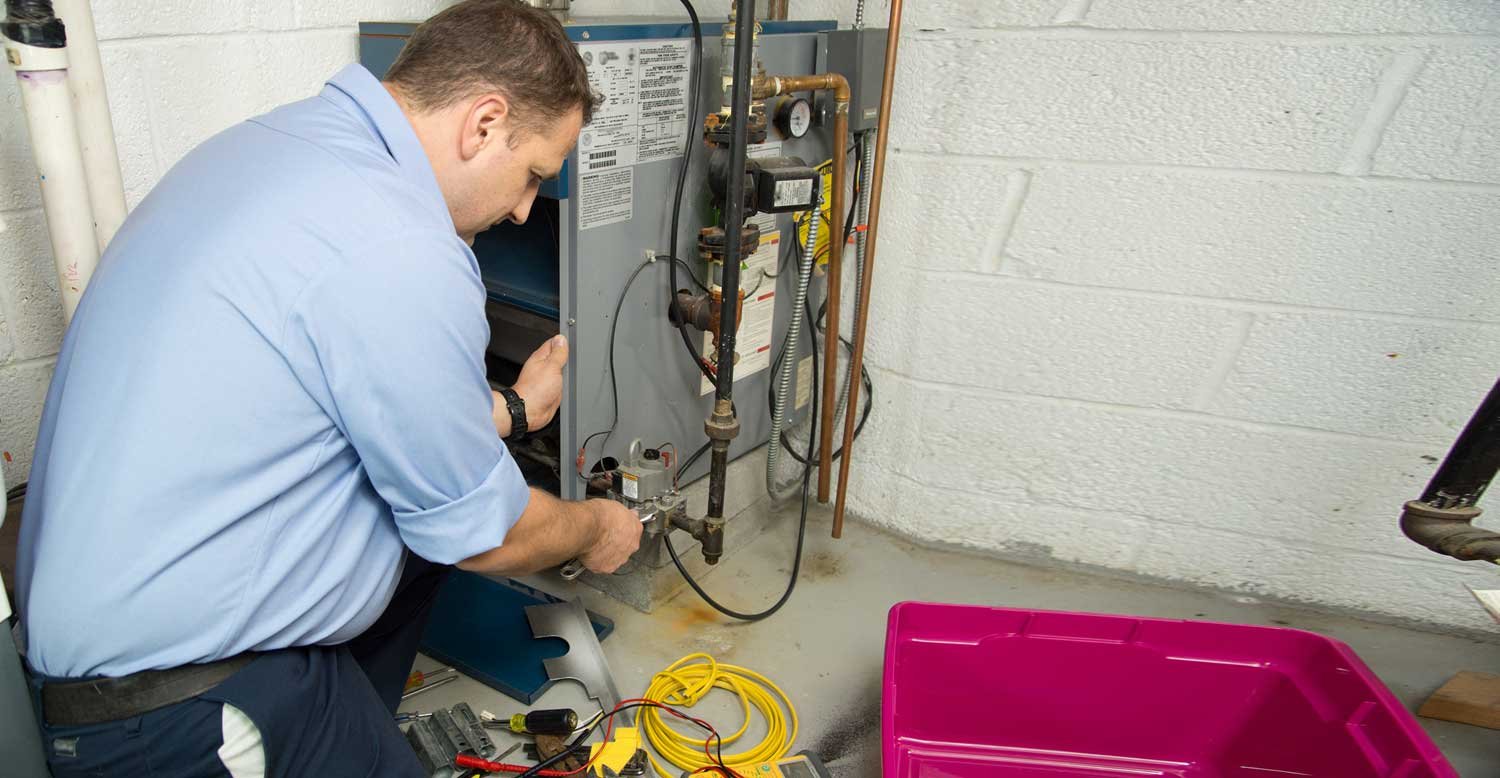Oil furnaces have been used as a primary means of heating homes for many years. They are still a popular choice for many homeowners because they are reliable and can be used to heat large or small spaces. But how does an oil furnace work? Let’s take a closer look at how this type of furnace operates and some of the benefits it provides.
What is An Oil Furnace?
An oil furnace is a type of furnace that uses oil as its fuel source. The oil is burned to create heat, which is then distributed throughout the home using a system of ducts and vents.
Oil furnaces are typically more efficient than other types of furnaces, such as gas furnaces. It is because oil has a higher combustion efficiency than other fuels. As a result, oil furnaces generate more heat per unit of fuel than other furnaces.
How Does An Oil Furnace Work?
To understand how an oil furnace works, it’s vital to understand how combustion works. Combustion is a chemical reaction that occurs when two substances (in this case, oil and oxygen) come into contact with each other and ignite. The resulting heat is what powers an oil furnace.
When the oil and oxygen ignite, they create a flame drawn into the furnace’s combustion chamber. The flame’s heat transfers to the metal walls of the chamber, which in turn heats the air circulated through the furnace. The warm air goes through the home via ducts and vents.
Benefits of Oil Furnace
Oil furnaces offer many benefits, including:
- Efficient operation: Oil furnaces are more efficient than other types, such as gas furnaces. It is because oil has a higher combustion efficiency than other fuels. As a result, oil furnaces generate more heat per unit of fuel than other furnaces.
- Reliable: Oil furnaces are very reliable and can last many years with proper maintenance.
- Versatile: Oil furnaces can heat large or small spaces.
- Safer System: Gas furnaces still let some carbon monoxide, a poisonous vapour, breathe into the house even with filters. Carbon monoxide does not seep into homes using oil furnaces. Moreover, since oil is not flammable, oil furnaces do not face the danger of experiencing an explosion. You can’t compare gas furnaces in the same way.
What to Look for When Buying An Oil Furnace?
When shopping for an oil furnace, there are a few things you should keep in mind, such as:
Fuel type
There are two types of oil in furnaces – heating oil and kerosene. Heating oil is the most common type of fuel used in oil furnaces. It is a refined petroleum product that is similar to diesel fuel. Kerosene is a less common fuel typically used in wick-type oil heaters.
Furnace size
Oil furnaces are available in various sizes, so choosing one sized appropriately for your home is essential. You may determine the size of the furnace by the amount of heat you need to generate and the size of your home.
Energy efficiency
When shopping for an oil furnace, it’s essential to look for one that is energy efficient. The most efficient oil furnaces have an Annual Fuel Utilization Efficiency (AFUE) rating of 90% or higher. It means that 90% of the fuel’s energy converts into heat, with only 10% lost up the chimney.
Price
Oil furnaces vary in price, depending on the unit’s size, type, and efficiency. Typically, oil furnaces cost between $5,000 to $9,000, including installation. Choose the unit that best fits your needs and budget.
Conclusion
Oil furnaces are a popular choice for many homeowners because they are reliable and can be used to heat large or small spaces. But how do oil furnaces work? Oil furnaces use oil as their fuel source and rely on combustion to generate heat. You can speak with an HVAC professional if you want to know more about different furnaces. They will be able to help you choose the best furnace for your home.

